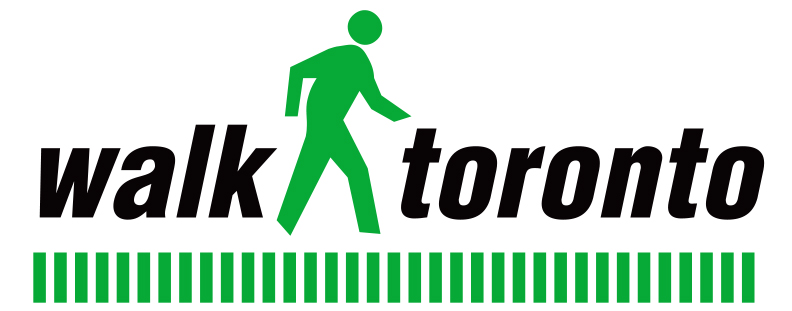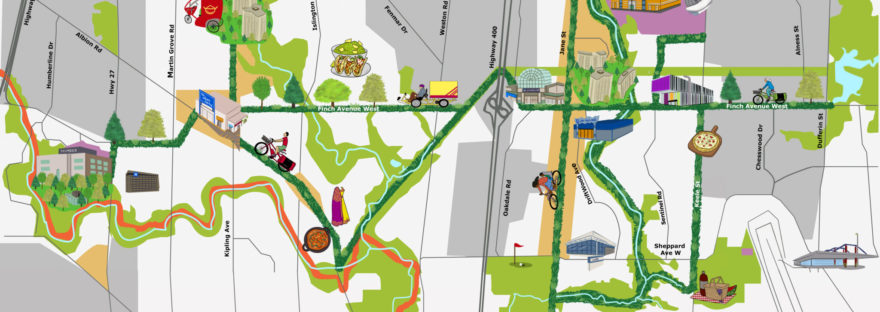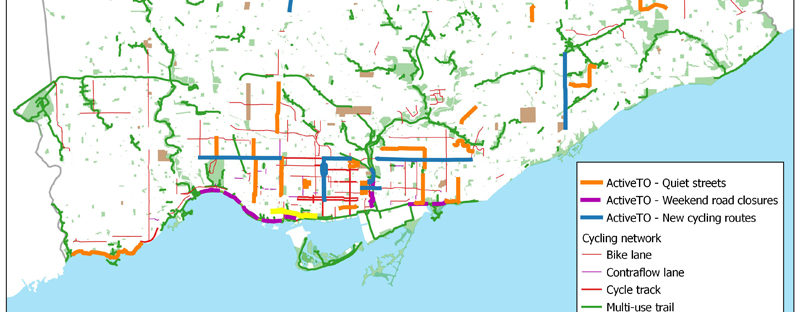Walk Toronto submitted written comments on two items at the October 17 meeting of the City of Toronto’s Infrastructure and Environment Committee (IEC).
The first communication, written by Daniella Levy-Pinto with contributions from Michael Black, addressed the Winter Maintenance Program Review, which was commissioned in response to the lack of sidewalk snow plowing and other issues brought to light during the winter months of 2019.
While the Review promises some useful first steps in expanding sidewalk snow clearing to areas where it is currently lacking, Walk Toronto’s letter emphasizes the need for stronger steps that lead to comprehensive, harmonized levels of service for sidewalk snow clearing in all parts of the city.
The second communication, written by Dylan Reid, addressed the staff Update on Council Requested Road Safety Initiatives, specifically the staff response to Walk Toronto’s recommendation, adopted for study by the IEC at an earlier meeting, that the City adopt a policy that there should be a safe road crossing at all TTC stops.
The staff report (PDF, pp. 4-6), while noting that there are an astonishing 2,700 TTC transit stops at locations without traffic control, rejects this policy proposal and largely claims that existing measures are sufficient to address safety needs. Walk Toronto argues to the contrary that “In a city that claims to be committed to Vision Zero, identifying this large number of dangerous stops is surely a call to action, not an excuse for inaction.”





